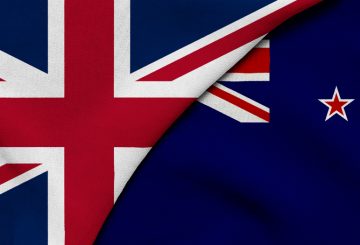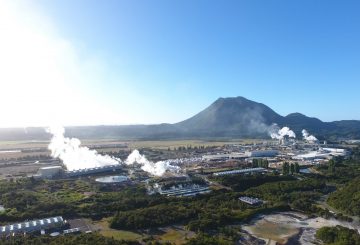A seemingly surprising difference between the number of people receiving the jobseeker benefit and the unemployment rate is due to the fact that not all those who are unemployed receive the benefit, an economist says.
The National party recently questioned why there has been a rise in the number of people receiving the benefit when unemployment numbers are so low. However, ANZ economist Finn Robinson told Morning Report that it was not so surprising.
“Only 32 per cent of people who were unemployed according to Stats New Zealand last year were actually receiving the unemployment benefit,” he said.
“So there’s actually quite a few differences between those two concepts, which mean that it is quite common to see divergences over time.”
Robinson said that in some cases, people who were not working were part of a household that received too much income to allow them to receive a benefit.
Unemployment figures are currently at 3.3 per cent – only slightly higher than the previous quarter’s 3.2 per cent.
The number of people on a jobseeker benefit to the end of June was 100,086, about 60 per cent higher than the 63,030 when the Labour party took office in 2017, but down from 2020 when the number peaked at 123,966 people.
Regarding the low levels of unemployment, Robinson said “It’s been one of the biggest surprises – and a good surprise to be fair. We’ve seen how resilient the labour market has been and I think a lot of credit there goes to the job – or the policy – response over 2020 in keeping everybody attached to their jobs.”






























































